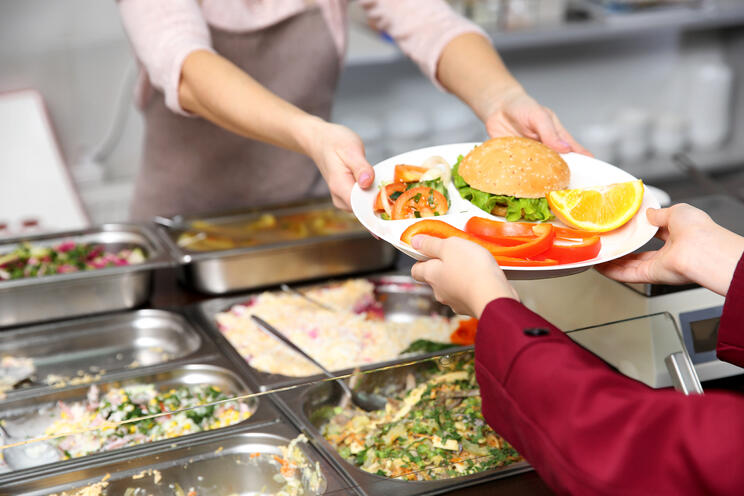Over the past decade, there have been a lot of changes to school foodservice programs. Shifts in demographics, nutritional demands, policy changes, and even student preferences have encouraged administrators nationwide to keep up with the trends in K-12 cafeterias.
So what has changed recently in school foodservice?
The days of metal trays piled high with starchy foods, loaded in calories and high fructose corn syrup, are gone. Today’s school kitchens face the challenge of serving nutritious meals that meet the needs of a changing and diverse population of students. While government policies have loosened regulations, families are still demanding healthier options for their children’s meals. Unlike in the past, menus are now scrutinized by both administrators and parents. Menu planning has become a difficult task that requires conformity with school policies, nutritional standards, and budgetary constraints. It’s become more of a balancing act than ever before.
Healthier alternatives
School foodservice programs are faced with meeting the dietary restrictions of their students. Providing safe alternatives for children with food allergies is a complicated process, involving creative menu planning. As more children seek out vegetarian options, meatless protein and plant-based products have become a mainstay of school lunches.
The Massachusetts Farm to School program encourages schools to purchase locally grown farm items, such as fruits and vegetables. Local New England fresh fish products are promoted, sourced from local providers like Red’s Best and North Coast Seafood. Currently, 70% of Massachusetts public schools participate in this program. Getting food from local providers benefits not only the kids but the entire community.
Recognizing cultural needs
An increasing number of schools are seeing the benefit of providing meals that recognize cultural tastes. This encourages students to learn about foods from around the world while providing authentic meals to children from other cultures. Several schools have had success in offering themed meals such as Tex-Mex or Asian dishes. Students are starting to see more variety in their lunch choices with tacos, salad bars, tabouli bowls and falafel. Providing these types of meals is beneficial yet challenging.
Increase in participation rates
Schools throughout New England are seeing increased participation in their school lunch programs. School Nutrition Director for Dartmouth Public Schools, Jeanne Sheridan, recently told SouthCoast Today that her district has seen an 8.2% increase in the past year. They are serving an additional 22,917 meals. She attributes this rapid growth to menus filled with items that appeal to the students. New appetizing and unique foods are replacing boring old choices. Robert Shaheen, the department head at New Bedford Public Schools, serves 14,000 students. He reports 75% of them take part in the school lunch program. That equates to more than 3 million meals for the 2018-2019 school year.
Healthy, Hunger-Free Kids Act of 2010
Former First Lady Michelle Obama was passionate about improving childhood nutrition. In 2010, she enacted the Healthy, Hunger-Free Kids Act. This required school lunch programs to offer fruits, vegetables, and whole grains. Foods high in sodium and saturated fats no longer had a place on the menu. Water and low-fat milk replaced sugary beverages.
In 2018, the Trump administration reduced these strict guidelines. Schools now only have to serve 50% whole grains, as opposed to the 100% that the act called for. White pasta, breads, and rice are starting to make their way back into school cafeterias. The Dartmouth district is happy to be able to put regular macaroni and cheese back on their menus. Sheridan claims kids hated the “brown appearance” of the whole grain pasta. Other districts are choosing to keep the 2010 standards, so as not to reverse the positive changes made over the past decade.
What hasn’t changed is a school foodservice program’s need for cooking equipment designed to solve these challenges.
Blodgett ovens are designed to meet school nutrition’s ever-changing demands. From menu planning to participation, space limitations to labor challenges, Blodgett ovens can help school cafeterias deliver more versatile, healthier cooking processes, no matter the size of their space.

